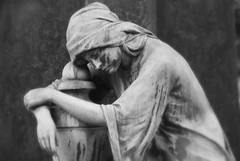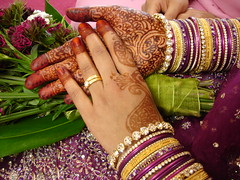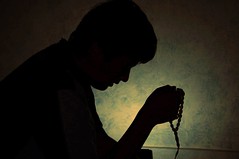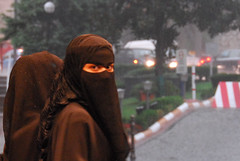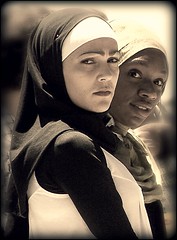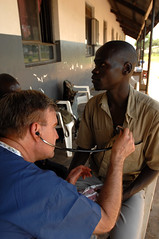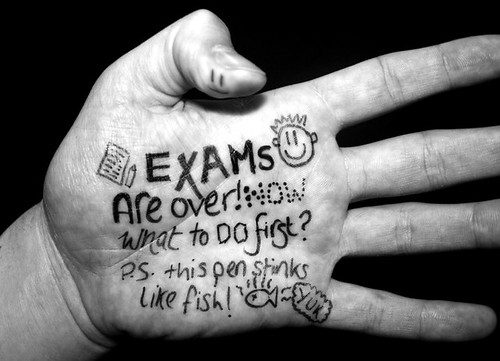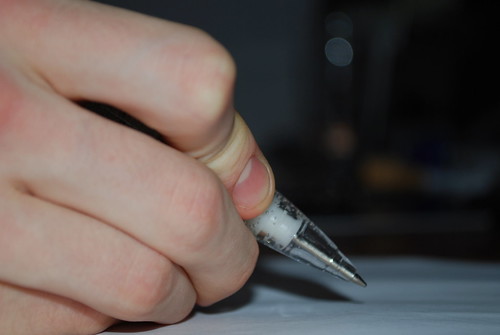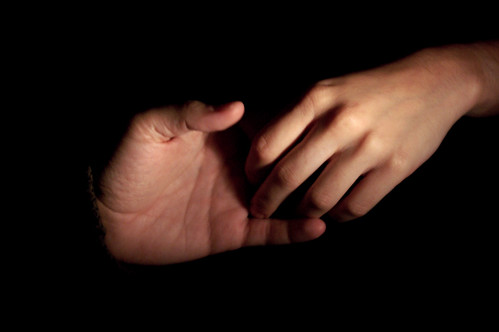When performing visual examination (inspection) you start with an interaction to your client or patient. Provide and maintain good lighting in your assessment area. Determine the size, shape, colour, texture, symmetry, and position.
In touching (palpation) maintain warm hands and approach slowly and proceed systematically. Try to use your fingertips for fine touch when you’re looking for pulses or nodes. If you touch your patient for finding his temperature use you the dorsum (back) of your fingers. The palm or ulnar edge of your hand is for detecting vibrations. Start with light palpations before deep palpations. In bimanual palpations (both hands) this is preferably for deep palpation and to assess movable structure such as the kidney. Place you hand lightly on the skin surface then place active hand over sensing hand and apply pressure. When you are palpating for ballottement, push fluid-filled tissue toward palpating hand so object floats against fingertips. Palpation is also used for determining masses, pulsation, organ size, tenderness or pain, swelling, tissue fullness and elasticity, vibration, crepitus, temperature, texture, and moisture.
Percussion is the tapping on the body part to produce sound or vibration. The types of percussions are direct, indirect, and blunt. When doing a direct approach strike the body surface using one or two fingers. Indirect approach is by striking with finger or hand over body surface. While the blunt approach uses reflex hammer to check deep tendon reflexes. Use blunt percussion with fist to assess costovertebral angle tenderness. There are also some types of sounds produced by direct or indirect approach. The types of sounds produced are resonance, hyperresonance, tympany, dull, and flat. The resonance sound is a moderate to loud, low-pitched similar to a clear and hollow sound of moderate duration usually associated with air-filled tissue in the lungs. The hyperresonance is a loud, booming, low-pitched sound of longer duration found with overinflated air-filled tissue usually associated with pulmonary emphysema; however this is normal in children due to thin chest wall. The tympany sound is a loud, drumlike, high-pitched or musical sound of moderately long duration found with enclosed air-filled structures associated in the bowel. The dull sound is a soft, muffled, moderate to high-pitched sound of short duration found in dense fluid-filled tissue such as the liver. The flat sound is very soft, high-pitched sound duration found with very dense tissue like the bone and muscle. In percussion, it is important to determine the location, size, density of masses. You should consider the pain in area up to depth of 3-5 cm and always perform after inspection and palpation except for abdominal assessment.
 |
| http://farm4.static.flickr.com/3362/4627358644_b5022191e1_m.jpg |




